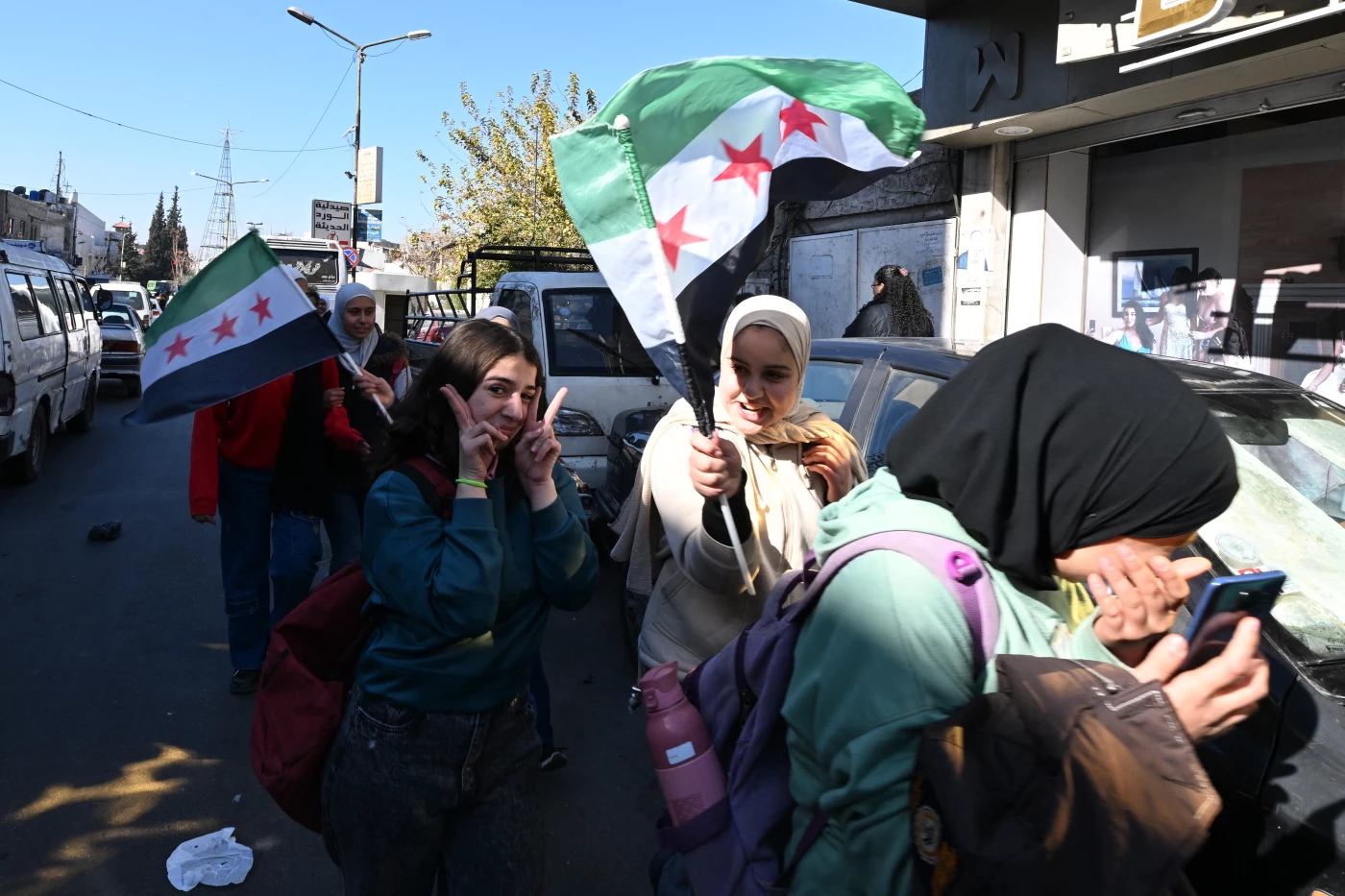The recent overthrow of the Assad regime in Syria has given rise to concern over the regional impact that will follow. Much of the conversation is driven by reminders of the Arab Spring protests of 2010 and 2011. While the driving force behind the protests was a desire to throw off authoritarian regimes and replace them with a form of democracy, it rarely succeeded. Only after Tunisia’s Jasmine Revolution did a pluralistic government take shape. Egypt’s Revolution ended with the military taking over the government and suppressing an opposition. In Yemen, Bahrain, Libya, and Syria the result was ongoing civil war.
In Syria, the world awaits to see how the new government will form. There is much hope that an inclusive democratic government will emerge from the ashes of the civil war, but many are concerned that based on the history of Islamic extremism by the main group that took over this victory will devolve into a new home of terrorists or an unending civil war. Even though HTS has publicly denounced its past and has moved to show signs of moderation, many wonder how the other entities will react. The problem that will arise can be summed up in the old saying “The enemy of my enemy is my friend.” What happens now that the common enemy has been overthrown? The U.S., the EU, and regional neighbors must decide how they will threaten the new regime. As of this writing, there has been no rush to recognize the new government. The UN is requesting humanitarian aid be sent to the country. Yet the UN still lists the main party in the government the HTS as a terrorist organization.
Will Turkey back, without question, the new government that has pledged to be inclusive or continue to direct the Syrian National Army to engage the Syrian Democratic Forces which are largely Kurdish? Are the remnants of ISIS, which was only defeated by the Kurds, waiting to reemerge? What of the Alawite minority? These are questions only time can resolve. It is unlikely that Russia or Iran will be involved in conversations, but both still have a stake in Syria.
The overthrow of Assad must have an impact on the Mullahs in Tehran. There have been several uprisings over the years, all violently suppressed, yet opposition continues to brew. The government has been able to redirect attention away from its own corruption by extending its hegemony over the region and making Israel a target of attacks by its proxies, most notably HAMAS and Hezbollah. The supply route for support ran through Iraq and Syria. Members of the U.S. Congress who supported Trump are saying this is a good time for regime change in Iran. The new Syrian government is not a friend of Iran and opposed the use of Hezbollah fighters in Syria who supported Assad. Hezbollah has recently signed a ceasefire with Israel and Hamas is on its last legs in Gaza. Can Iran continue to be the threat to regional peace that it has been?
The election of Donald Trump as President of the United States brings even more trouble to Iran. The reimposition of Maximum Pressure, full reinstatement of sanctions, and a cutoff of any funds will wreak havoc on an already stumbling economy. The continued suppression of any form of opposition and the example of the overthrow of an ally must concern the power structure in Iran. Trump already hates the Iranian government and sympathizes with the people. Iran currently has high inflation, and high unemployment resulting in a high cost of living. With the loss of Hamas and Hezbollah and increasing sanctions how long before the Iranian people rise again?
Most of the people in the region have grown tired of constant wars, lack of food, and repression as Iran is more and more isolated not only from the world but from its neighbors.
The views expressed in this article are those of the writer and do not necessarily represent the position of The New Region



 Facebook
Facebook
 LinkedIn
LinkedIn
 Telegram
Telegram
 X
X


